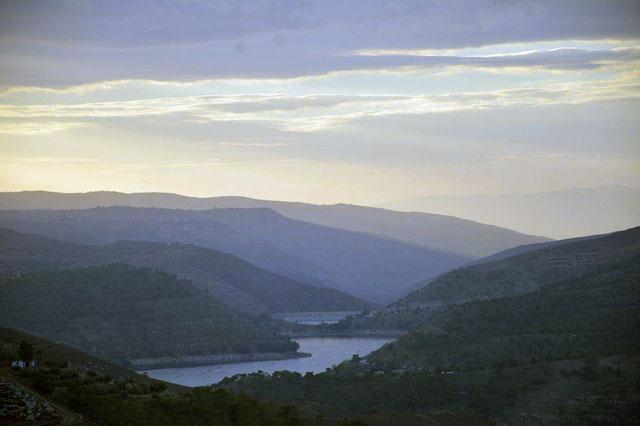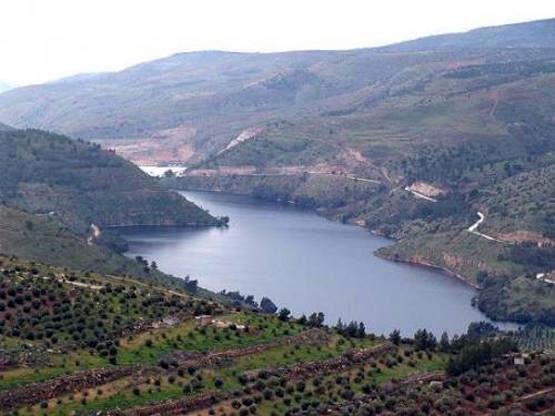You are here
‘Rain scarcity badly affecting dam storage’
By Hana Namrouqa - Jan 17,2017 - Last updated at Jan 17,2017

The King Talal Dam is one of the Kingdom’s major dams, which currently hold 43 per cent of their total capacity (Photo by Amjad Ghsoun)
AMMAN — The current dearth of rain is taking its toll on the Kingdom’s main dams, according to a government official, who said that storage levels are worrisome.
The dams now hold only 43 per cent of their total capacity of 325 million cubic metres (mcm), which is far below what they held during the same period last year, Jordan Valley Authority (JVA) Secretary General Saad Abu Hammour said on Tuesday.
“The performance of the wet season so far is not reassuring and there are no indications of rain anytime soon,” Abu Hammour told The Jordan Times.
During this time last year, the dams held 163mcm and they reached half of their storage capacity before the end of January, according to official figures.
In addition to the fact that no additional water is entering the dams in light of the absence of rain, the current storage is also dropping, as the JVA is supplying farmers in the Jordan Valley with water for irrigation.
“If the dearth of rain continues, we will start supplying trees in the Jordan Valley with water as of next month instead of waiting until May as the situation is every year,” Abu Hammour pointed out.
Authorities, such as the JVA and the Ministry of Agriculture among other related government agencies, will meet to decide on measures to deal with the consequences of the shortage in rain if the situation continues unchanged, he added.
Meanwhile, the Jordan Meteorological Department (JMD) said the scarcity of rain is not unusual for this time of year, which is locally referred to as marbaniyeh.
“It is true that the Kingdom witnesses several depressions and unstable weather conditions during marbaniyeh, but it is normal to see several days without any rain,” a JMD meteorologist told The Jordan Times.
Jordan usually receives 30 per cent of its long-term annual average of rainfall of 8.3 billion cubic metres during marbaniyeh, which is the local name given to the 40 coldest days of winter between December 21 and January 30.
Multiple depressions, very cold weather, and cold and dry easterly winds are characteristics of marbaniyeh, during which several frost spells take hold of the country due to the around-zero temperatures and very cold easterly winds, according to the JMD.
Related Articles
AMMAN — The country's 15 major dams now hold third of their total storage capacity of 336.4 million cubic metres (mcm), Water Ministry offic
Most areas of Irbid Governorate have received more that 100 per cent of their annual average of rainfall during the weekend blizzard, Irbid Agriculture Director Ali Abu Nukta said Sunday.
RIYADH — Saudi Arabian women rejoiced at their new freedom to drive on Wednesday, with some taking to the roads even though licences will no













